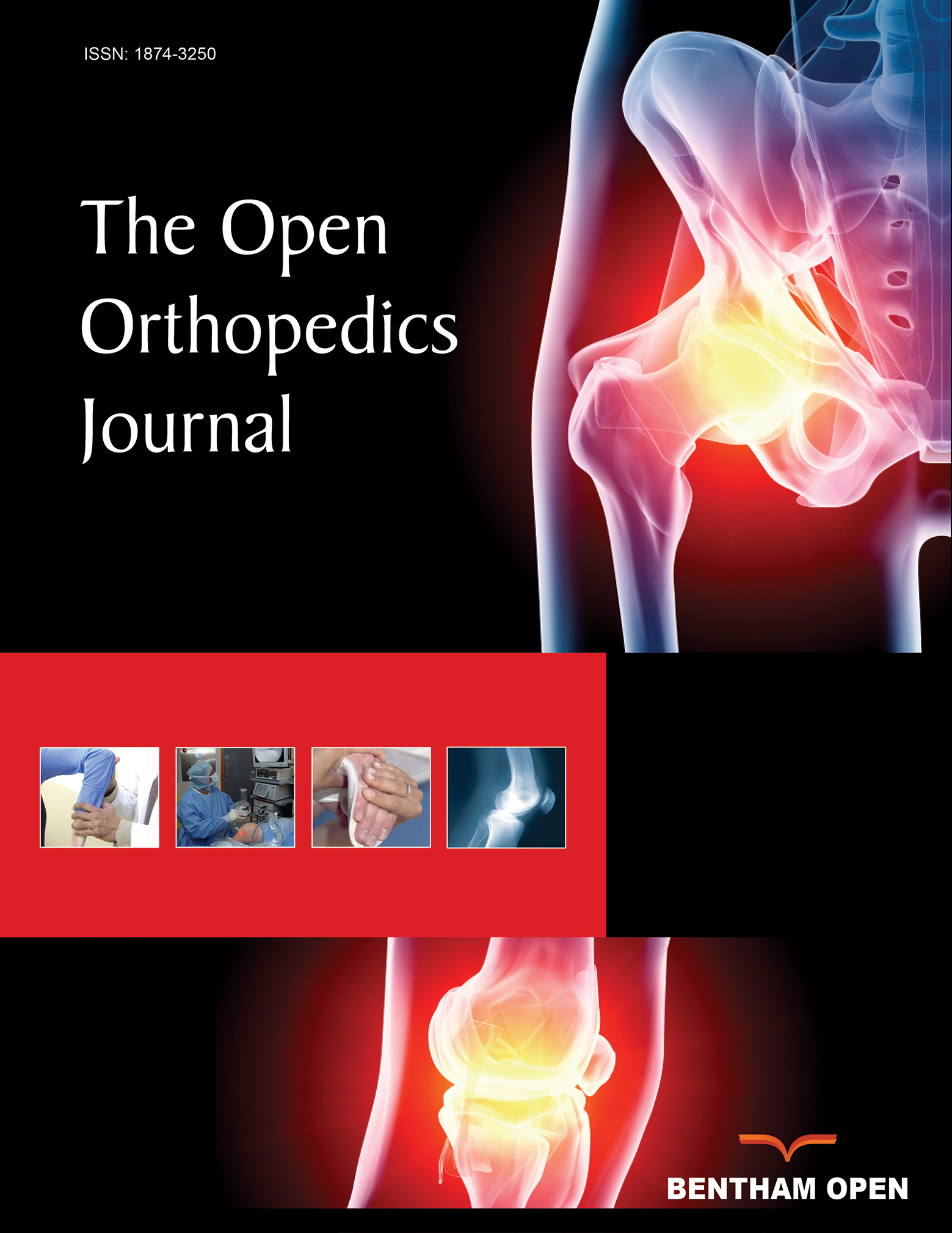All published articles of this journal are available on ScienceDirect.
Primary Exploration of Radial Nerve is Not Required for Radial Nerve Palsy while Treating Humerus Shaft Fractures with Unreamed Humerus Nails (UHN)
Abstract
Background:
Today, humerus nails have become the surgical method of choice in the treatment of humerus shaft fractures. Whether or not the radial nerve should be intraoperatively examined by default in case of primary paresis is currently under discussion.
Patients and Methods:
Clinical findings from 38 patients with humeral shaft fractures surgically treated with unreamed humerus nail (UHN) at the Department of Accident Surgery, University Clinics Bonn, Germany, between 2000 and 2003 were retrospectively assessed. Constant Score was applied for evaluation of functional results.
Results:
In 40% of patients, primary radial nerve paresis was present. This was especially common after high energy trauma (e.g. traffic accident) and significantly increased in fractures of the middle third. In 93% of cases, spontaneous remission of motor and sensory loss was observed. No iatrogenic radial nerve impairment occurred.
Conclusion:
Due to the high rates of spontaneous remissions of radial nerve palsy after treatment with UHN in humerus shaft fractures, primar exploration of the radial nerve does not appear to be necessary.


